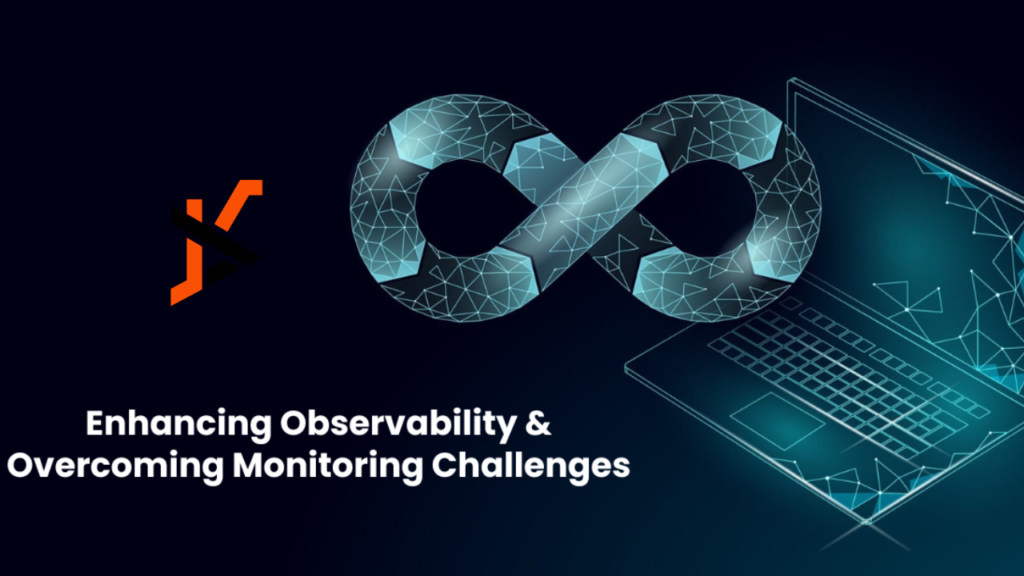Introduction:
In the dynamic world of DevOps, where agility and reliability are paramount, monitoring and observability are essential pillars for ensuring systems and applications’ performance, availability, and resilience. Monitoring provides insights into the health and performance of infrastructure and applications, while observability goes beyond traditional monitoring, offering more profound insights into system behavior and performance. This article explores the significance of monitoring and observability in DevOps practices, their fundamental principles, benefits, and strategies for implementation.
Understanding Monitoring and Observability:
Monitoring involves collecting, analyzing, and visualizing metrics, logs, and events to track the health, performance, and availability of systems and applications. Traditional monitoring, often a focal point of DevOps Training, focuses on predefined metrics and thresholds, providing visibility into system status and alerting on predefined conditions. DevOps Training in monitoring equips professionals with the skills to set up monitoring systems effectively, configure alerting mechanisms, and interpret monitoring data to identify and address issues promptly.
Observability, on the other hand, goes beyond traditional monitoring. It emphasizes understanding system behavior and performance through the analysis of telemetry data, including metrics, logs, traces, and events.
Critical Principles of Monitoring and Observability:
- Instrumentation: Instrumenting applications and infrastructure to collect telemetry data, including metrics, logs, traces, and events, is essential for monitoring and observability. Effective instrumentation provides visibility into system behavior and performance, enabling teams to detect and diagnose issues quickly.
- Aggregation and Visualization: Aggregating and visualizing telemetry data in real-time dashboards, charts, and graphs enables teams to monitor system health and performance effectively. Visualization tools provide insights into trends, patterns, and anomalies, facilitating proactive monitoring and troubleshooting.
- Alerting and Notification: Setting up alerts and notifications based on predefined thresholds and conditions enables teams to promptly respond to issues and incidents. Alerting mechanisms like email and SMS and integrations with incident management tools like PagerDuty or OpsGenie help teams prioritize and address issues promptly.
- Distributed Tracing: Tracing enables teams to trace requests and transactions across distributed systems and microservices architectures, providing insights into latency, errors, and dependencies. Tracing tools like Jaeger, Zipkin, or OpenTelemetry help teams understand system behavior and performance in complex, distributed environments.
Benefits of Monitoring and Observability in DevOps:
- Improved Reliability: Monitoring and observability help identify and address issues proactively, reducing the risk of downtime and service disruptions. By gaining insights into system behavior and performance, teams can implement proactive measures to enhance system reliability and resilience.
- Faster Time-to-Resolution: Effective monitoring and observability enable teams to diagnose and troubleshoot issues quickly, reducing mean time to resolution (MTTR) and minimizing the impact of incidents on business operations. By providing real-time visibility into system health and performance, teams can respond to issues promptly and restore service availability.
- Enhanced Performance Optimization: Monitoring and observability enable teams to identify performance bottlenecks, optimize resource utilization, and improve application performance. By analyzing telemetry data and identifying trends and patterns, teams can optimize infrastructure and application configurations to enhance performance and scalability.
- Facilitated Capacity Planning: Monitoring and observability provide insights into resource utilization, workload patterns, and performance trends, enabling teams to plan and provision resources effectively. By analyzing historical data and forecasting future demand, teams can optimize resource allocation and scale infrastructure to meet business needs.
Strategies for Implementing Monitoring and Observability in DevOps:
- Define Monitoring and Observability Requirements: Identify key metrics, logs, traces, and events critical for monitoring and observability based on business and operational requirements. Define service-level objectives (SLOs) and key performance indicators (KPIs) to measure system health and performance.
- Select Appropriate Tools and Technologies: Choose monitoring and observability tools and technologies that align with your requirements, infrastructure, and application stack. When selecting tools and technologies, consider scalability, flexibility, integration capabilities, and cost.
- Implement Effective Instrumentation: Instrument applications and infrastructure to collect telemetry data, including metrics, logs, traces, and events. Use standardized formats and protocols, such as Prometheus for metrics and OpenTelemetry for traces, to ensure compatibility and interoperability.
- Design Comprehensive Dashboards and Alerts: Design real-time dashboards, charts, and graphs to visualize telemetry data and monitor system health and performance. Set up alerts and notifications based on predefined thresholds and conditions to proactively alert teams to issues and incidents.
- Foster Collaboration and Knowledge Sharing: Foster collaboration between development, operations, and other cross-functional teams to leverage monitoring and observability effectively. Encourage knowledge sharing, documentation, and post-incident reviews to facilitate learning and continuous improvement.
Conclusion:
Monitoring and observability are essential practices in DevOps, providing insights into system health, performance, and reliability. By instrumenting applications and infrastructure, aggregating and visualizing telemetry data, and setting up alerts and notifications, teams can monitor system health and performance effectively, identify and address issues proactively, and optimize resource utilization and performance. Investing in monitoring and observability is not just about implementing tools and technologies—it’s about fostering a culture of collaboration, transparency, and continuous improvement that enables teams to thrive in today’s fast-paced and dynamic digital landscape.

